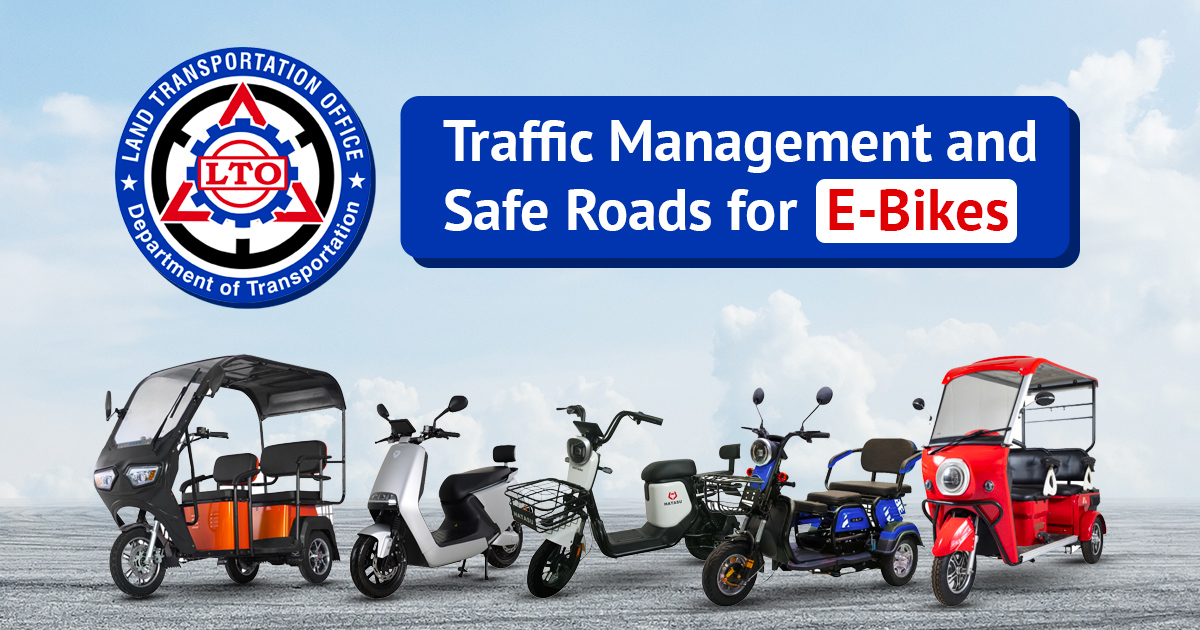
More and more Filipinos have been riding electric bicycles or “e-bikes” these past few years. These e-bikes really give you the best of both worlds – they’re way easier and faster to ride than your usual bikes, plus they’re environment-friendly and desirable for safer roads.
The Reason Behind the Popularity of E-Bikes
People are seeing e-bikes as another transport option, you know? With fuel prices going up and traffic getting worse, they save money and get you places quicker than cars. Even if we don’t have bike lanes everywhere yet and safety issues still come up, using e-bikes benefits the environment. That matters to a lot of Filipino riders today. But the government needs to keep up too. They should build more bike lanes so e-bike riding keeps trending as a practical way Filipinos can help reduce pollution and just get around faster. More folks will likely feel safer about traveling onto safer roads this way the more infrastructure improves over time.
What’s Cool About E-Bikes?
So why are more Filipinos riding around on these electric bikes or “e-bikes” lately? Well, using e-bikes has gotten super convenient and actually saves people money compared to driving cars and stuff. On top of that, they’re good for the environment!
Eco-Friendly Than The Rest
I mean, think about it – e-bikes don’t spew out smoke or guzzle gas. More people switching from cars to ride these cool electric bicycles should cut down on air pollution and help clear up traffic jams. With fuel costs crazy high too, getting an e-bike to zip around the city just makes smart money sense.
No Traffic Congestion with E-Bikes!
Oh, and another awesome thing about more people in the Philippines using e-bikes? It should totally help lessen nasty traffic jams! Think about it – every person that hops on an electric bicycle is one less car cramming onto our crowded roads and with national highway traffic administration. The more folks cruise around cities on e-bikes rather than drive, the fewer vehicles blocking up the streets. Smooth sailing!
But is the Philippines ready for these electric motorcycles?
E-Bike Status on National Highways
For any wheels to drive in expressways and national highways, there are certain performance requirements for national highway traffic administration your ride needs to meet. The problem is, at those 70, 80, 100 km+ speeds on highways, e-bikes would struggle. With no slow lane just for them and everyone running fast, e-bikes would unable to keep up. In simple words, It’s just too dangerous. Like on Skyway, where in some parts there’s a 60 km/h limit, but before and after, you gotta do 80-100 km/h again.
E-bikes top out at what, 50 km/h max? They’d go from being “easy prey” to downright hazards on expressways. Let’s be real – cars and trucks would have to swerve like crazy to avoid splatting any e-bikes in their way. We all know Philippine drivers don’t keep enough distance between vehicles as is!
SEE ALSO:
- EDSA Traffic Flow Every People Power Commemoration
- Road Safety and Traffic Solutions for Tricycles and Pedicabs in Highways
LTO Classifications for Different Types of E-Bikes
So the LTO (Land Transportation Office) has different categories that classify electric bikes and scooters in the Philippines. This determines whether you need to register your wheels and if you can ride them on certain and safer roads.
L1a, L1b, and L2a Classes!
For smaller e-bikes with lower top speeds up to 25-50 kph (L1a, L1b, L2a classes), no registration or license is required. These are allowed on smaller barangay and bikelane roads.
L2b Classes!
Once you upgrade to a faster three-wheeler over 25 kph (L2b class), now we’re talking about required registration and an LTO license. This license lets you ride on bigger outer local roads and even cross main highways.
L3 Class
Got a powerful e-motorcycle over 50 kph (L3 class)? Same deal – license and registration mandatory for the big leagues! From here on out, a motorcycle helmet is a must when cruising along roads.
L4 and L5 Classes
The LTO also has categories for e-bikes with sidecars (L4, L5 class), light e-quads and heavier ones (L6, L7 class). Anything over 25 kph in these groups needs papers to hit safer roads.
But take note, none of these fast electric vehicles can ride on major expressways or tollways. Stay street-legal and stick to regular roads with the proper licenses.
